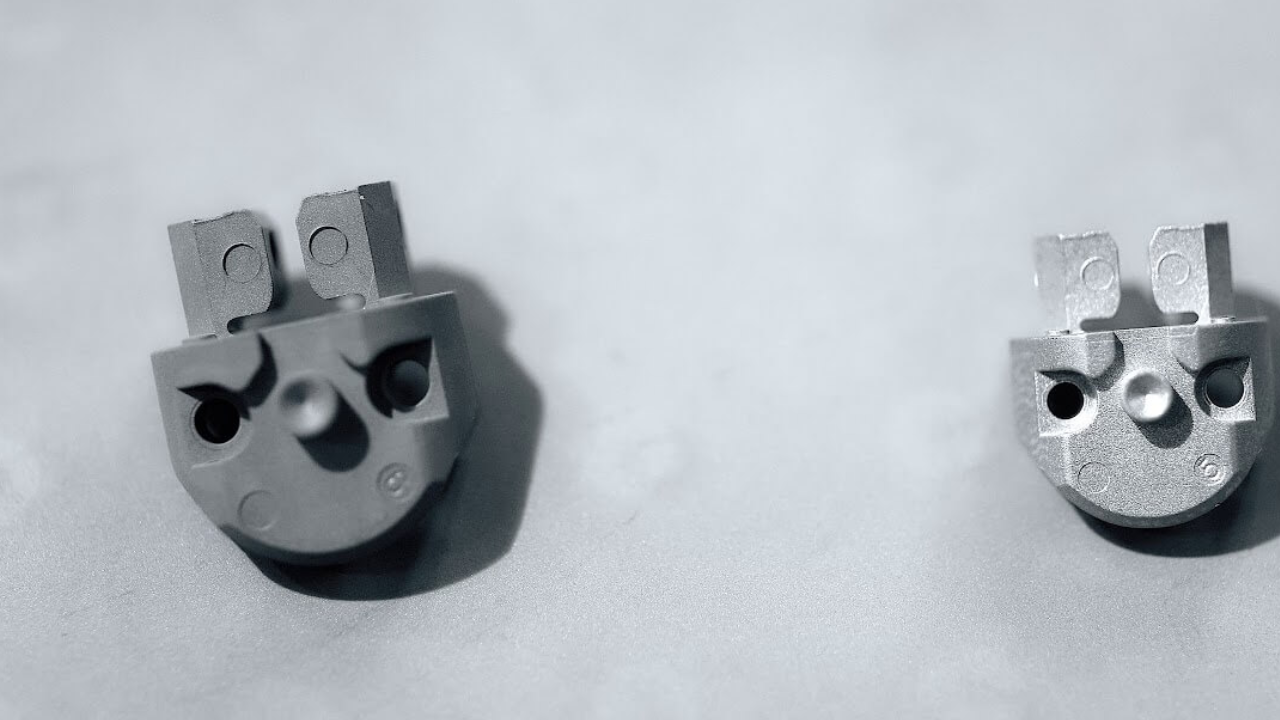A type of custom plastic injection molding called overmolding occurs when a part is made from a variety of materials by the plastic injection molding company. By adding an injection moulded layer of material over an already existing injection molded workpiece. The overmolding procedure can be used to create layered components from scratch or to give already existing plastic tools and parts a tougher outer layer.
The processes of overmolding and injection molding are still well-liked and beneficial. You can find the best overmolding services at 3ERP. An everyday illustration of an Overmolding object is a toothbrush, which has a solid plastic body and a rubberized grip. There can be two or more overmolds, depending on the end-product and the manufacturer’s creativity.
How Is The Overmolding Process Performed?
Overmolding an injection-molded object is a rather easy process. Workers initially shape the substrate using standard injection molding processes. CNC machining can also be used to make the substrate. After finishing, the substrate is placed in a fresh mold. The over-mold substance, which is frequently a resin, bonds with the substrate after being introduced into the new mold.
The two materials in the injection molding process bond via two primary mechanisms. During the injection molding process, the substrate and the over mold material may adhere chemically or mechanically. The substrate and oversold are designed to lock into place by incorporating undercuts in the design, improving mechanical bonding.
Technique for Overmolding
Knowing the three categories that make up the plastic overmolding process is necessary. The three types of overmolding are listed below.
Insert Molding
Insert molding is the optimum kind of overmolding for soft elastomers or stiff plastics. It is the ideal kind because it is more affordable and simpler than the alternative. Before the soft materials are ejected during insert molding, the hard segments are first divided into tools.
Elastomers are used as adhesives as well. This can take the shape of chemicals, mechanical locks, etc. You must heat the elastomer to the proper temperature for chemical bonding to occur. This is required to heat the surface of the hard section.
Two-Shot Molding
Two injection molding machines must be used for two-shot molding, as opposed to one for insert molding. The hard segment will be the first thing injected into the injection molding machine after the elastomeric mold. Always in a semi-solid or gel condition, the heated substrate is employed. The lateral portion of the hard segment can be projected on the substrate by modeling the design of the mold. Those who value strong mechanical bonding should use the two-shot injection molding procedure.
Co-Injection Molding
Co-injection molding is the most costly and challenging method of overmolding out of the three. Due to the necessity of injecting both the substrate and the elastomer into the same mold, its procedure is likewise unique. Additionally, compatibility between the materials is necessary. Co-injection is the best overmolding method in terms of quality.
Implementation of Overmolding Process
The uses for overmolding services are essentially limitless given how frequently we come into contact with over-molded items. However, several of the examples below employ the technique.
Equipment Tools
A popular technique used in the creation of numerous pieces of hardware equipment is injection molding. Some examples of gear encompass screwdrivers, pliers, wrenches, hammers, tape measures, pocket knives, and blades. The overmolding process is significant in this case because of the grip it provides the hardware tools. Without an over-molded handle, handling the bulk of these physical instruments would be difficult. The substrate overmold can be made of several polymers. The most commonly used is plastic.
Surgical Equipment
Because it demands precision and product safety, the scientific sector values overmolding services and technology. The substrate and overmold materials hired could make or break the sterility and ease of cleansing of the units produced via the system dilators, soft-touch buttons, and other surgical devices during the injection overmolding process.
Conclusion
The processes of over-molding and injection molding are still well-liked and beneficial. It is not expensive. You should realize how the process functions and how to use it to determine what process-specific polymer mixture is appropriate for overmolding. It is imperative to seek professional advice on overmolding services. You can find the best overmolding services at 3ERP.

